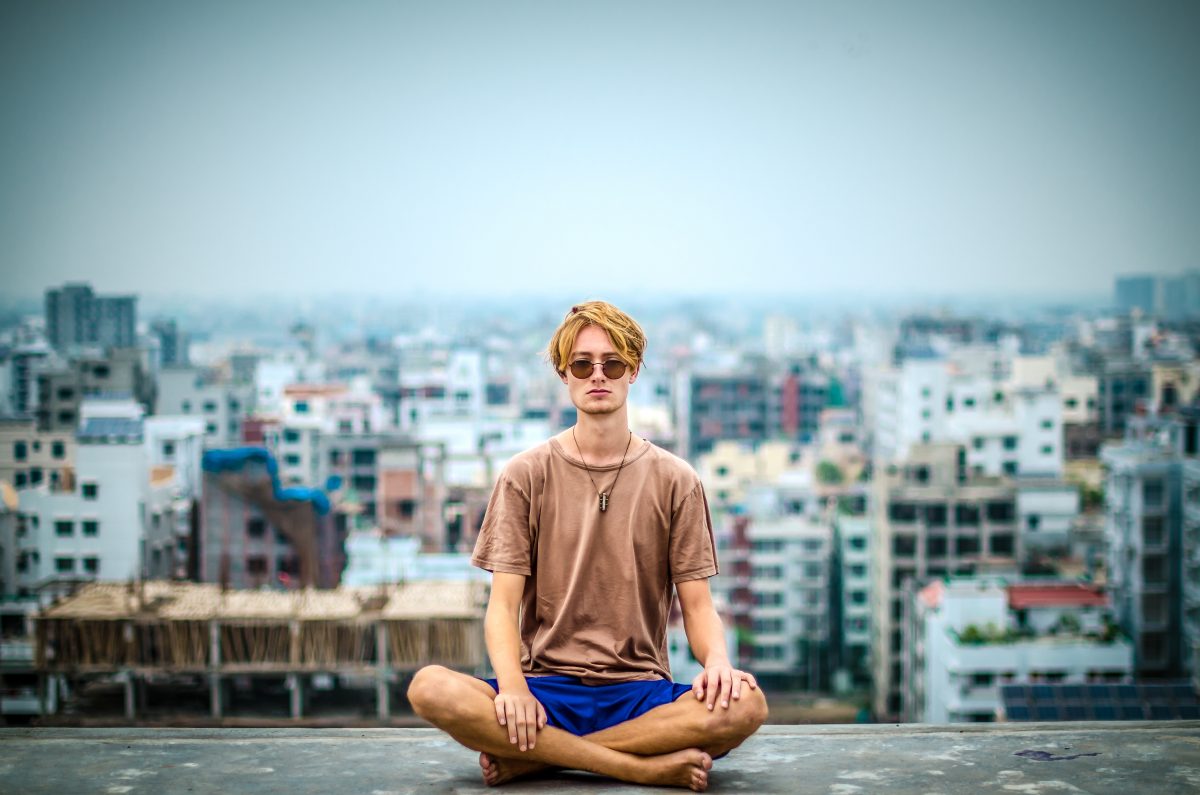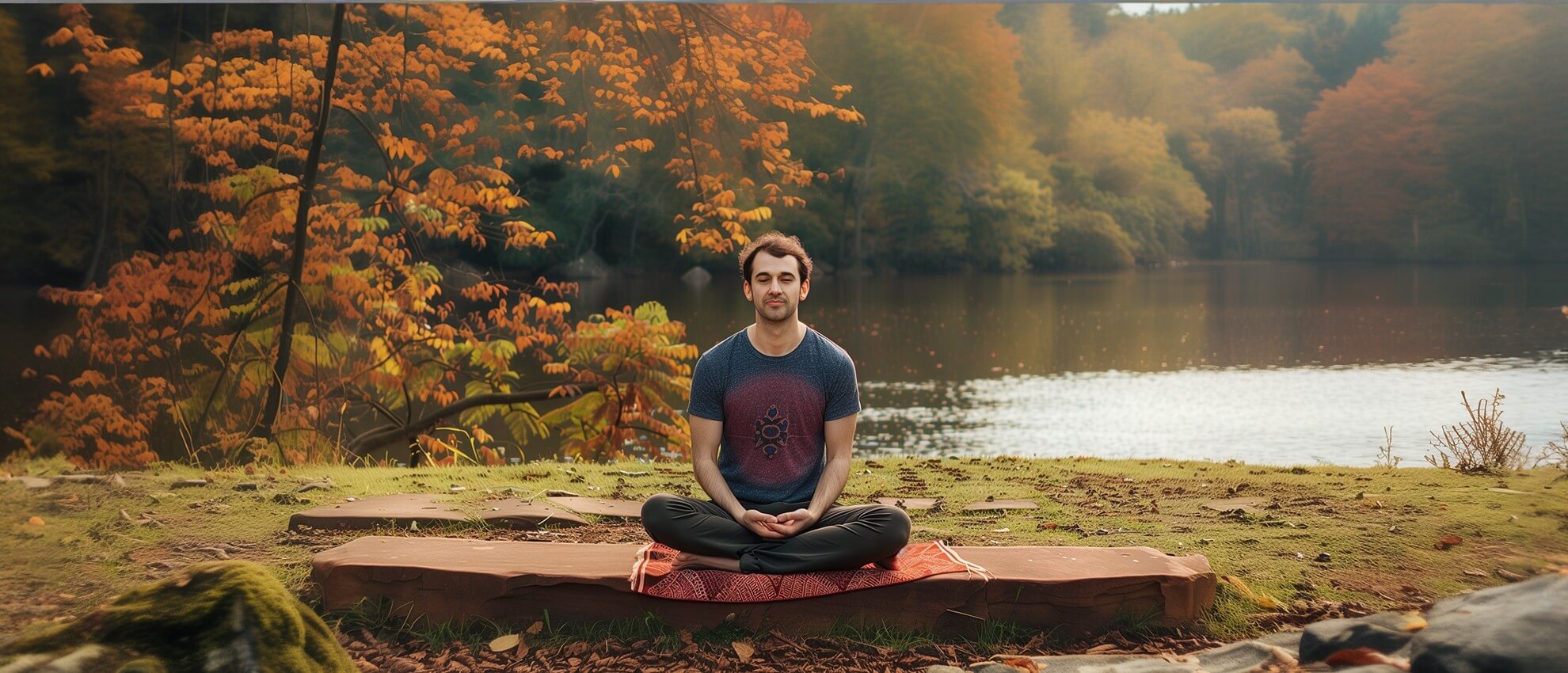Begin Your Trip: Simple Actions on Exactly How to Meditate for Newbies
Reflection, typically viewed as an elusive practice booked for the knowledgeable, can in fact offer as a foundational device for any person looking for clarity and calm in their daily life. The journey of reflection holds more depth than one may anticipate, welcoming more expedition right into its transformative facets.
Recognizing Meditation Basics
Meditation acts as an effective device for enhancing mental clearness and psychological health. At its core, reflection is a technique of focused interest and recognition, enabling people to grow a deeper understanding of their ideas and emotions. By participating in this discipline, practitioners can attain a state of leisure and mindfulness, which can substantially lower stress and anxiety and anxiety degrees.
Comprehending the fundamentals of meditation involves acquainting oneself with numerous strategies, such as mindfulness, loving-kindness, and transcendental reflection. How to meditate?. Each approach has its one-of-a-kind method, yet all share a common goal: to foster a feeling of inner tranquility and self-awareness. Beginners need to start with basic practices, such as concentrating on the breath or observing ideas without judgment
In addition, uniformity is essential. Establishing a normal meditation routine, also if only for a few minutes daily, can generate considerable benefits with time. As people progression in their technique, they might discover their ability to focus boosts, resulting in better emotional security and durability. Inevitably, meditation is not just a getaway from fact; it is a profound journey towards higher self-discovery and total psychological health.
Searching For Your Ideal Area
Developing a conducive setting for meditation is essential for maximizing its advantages. Your chosen area should promote peace, enabling you to concentrate inward without interruptions. Begin by picking a location that feels risk-free and comfortable, whether it be a quiet corner of your home, a garden, or a neighborhood park.
Soft illumination can boost relaxation, while natural light can revitalize your spirit. Make sure the area is complimentary from mess, as a neat setting cultivates a clear mind.
Noise plays a considerable function in your reflection room. Go for a silent location to decrease disturbances, or make use of soft history songs or nature seems if you discover silence disturbing (How to meditate?). The temperature ought to also fit; neither also cool neither as well hot, to stop interruption during your practice
Lastly, personalizing your area with significant objects-- such as crystals, photographs, or significant quotes-- can create a deeper link to your practice. By thoughtfully curating your setting, you set the stage for a much more extensive and effective reflection experience.
Selecting a Comfortable Position
Discovering the right position for reflection is crucial to keeping emphasis and convenience throughout your technique. The excellent stance allows for both physical stability and mental performance, making it much easier to focus on your meditation objectives.
There are several positions to think about, each with its own benefits. Sitting cross-legged on the flooring is a preferred option, promoting an upright back and grounding your power. If this position is unpleasant, take into consideration making use of a padding to elevate your hips, which can relieve stress on your knees and back. A chair can provide the necessary assistance, allowing your feet to relax level on the ground, ensuring stability and comfort.
You may also choose to lie down if sitting is not suitable for you, but be cautious, as this can lead to drowsiness. Inevitably, the ideal position is one that feels all-natural to you and permits you to maintain navigate to this website focus, helping with a much deeper connection with your meditation method.
Breathing Strategies to Beginning
Starting your meditation method with effective breathing methods can substantially boost your experience. Breath offers as the structure of reflection, providing a focal point that aids anchor your mind and cultivate mindfulness.
To begin, practice diaphragmatic breathing, which engages the diaphragm and promotes much deeper inhalation. Sit pleasantly, with your back straight, and place one hand on your breast and the various other on your abdomen. Breathe in deeply with your nose for a matter of four, ensuring that your abdominal area climbs while your upper body remains fairly still. Hold your breath for a matter of description 4, after that breathe out gradually via your mouth for a count of 6, permitting your abdominal area to fall.
One more valuable strategy is the 4-7-8 technique. Inhale with your nose for a count of 4, hold your breath for seven matters, and breathe out slowly via your mouth for eight matters. This pattern not only soothes the mind but additionally decreases anxiety, making it simpler to settle into your reflection method.
Experiment with these methods to locate what resonates best with you, and bear in mind to keep a loosened up position and an open mind as you start your journey into reflection.
Tips for Uniformity and Growth

Creating an inviting meditation room is additionally important. Furthermore, consider using assisted reflections or meditation applications, which can provide structure and range to your sessions.
Start with short periods, slowly increasing the moment as you come to be extra comfortable. This incremental strategy not only makes meditation less overwhelming however likewise permits your technique to grow naturally. Tracking your progress in a journal can likewise be helpful; noting your experiences and feelings after each session can improve self-awareness and inspiration.
Lastly, keep in mind that meditation is a personal trip. Be person with yourself and accept the learning process, comprehending that consistency and growth are built gradually.
Final Thought
Finally, meditation works as a beneficial technique for promoting mental quality and psychological well-being. By understanding the essential ideas of meditation, choosing a proper area, taking on a comfy posture, and click to read using efficient breathing methods, people can get started on a satisfying reflection journey. Uniformity and progressive progression in practice will certainly improve the total experience, cultivating a much deeper connection to mindfulness. Ultimately, these fundamental actions can result in considerable personal growth and internal peace.
Recognizing the fundamentals of meditation entails acquainting oneself with various techniques, such as mindfulness, loving-kindness, and transcendental reflection. Eventually, the best placement is one that feels natural to you and permits you to keep focus, promoting a much deeper connection with your meditation method.
Establishing a normal reflection technique can dramatically improve your mindfulness trip and individual growth. In addition, take into consideration utilizing led meditations or reflection apps, which can give structure and selection to your sessions.

Comments on “How to Meditate? Understanding Mindfulness for Everyday Life”